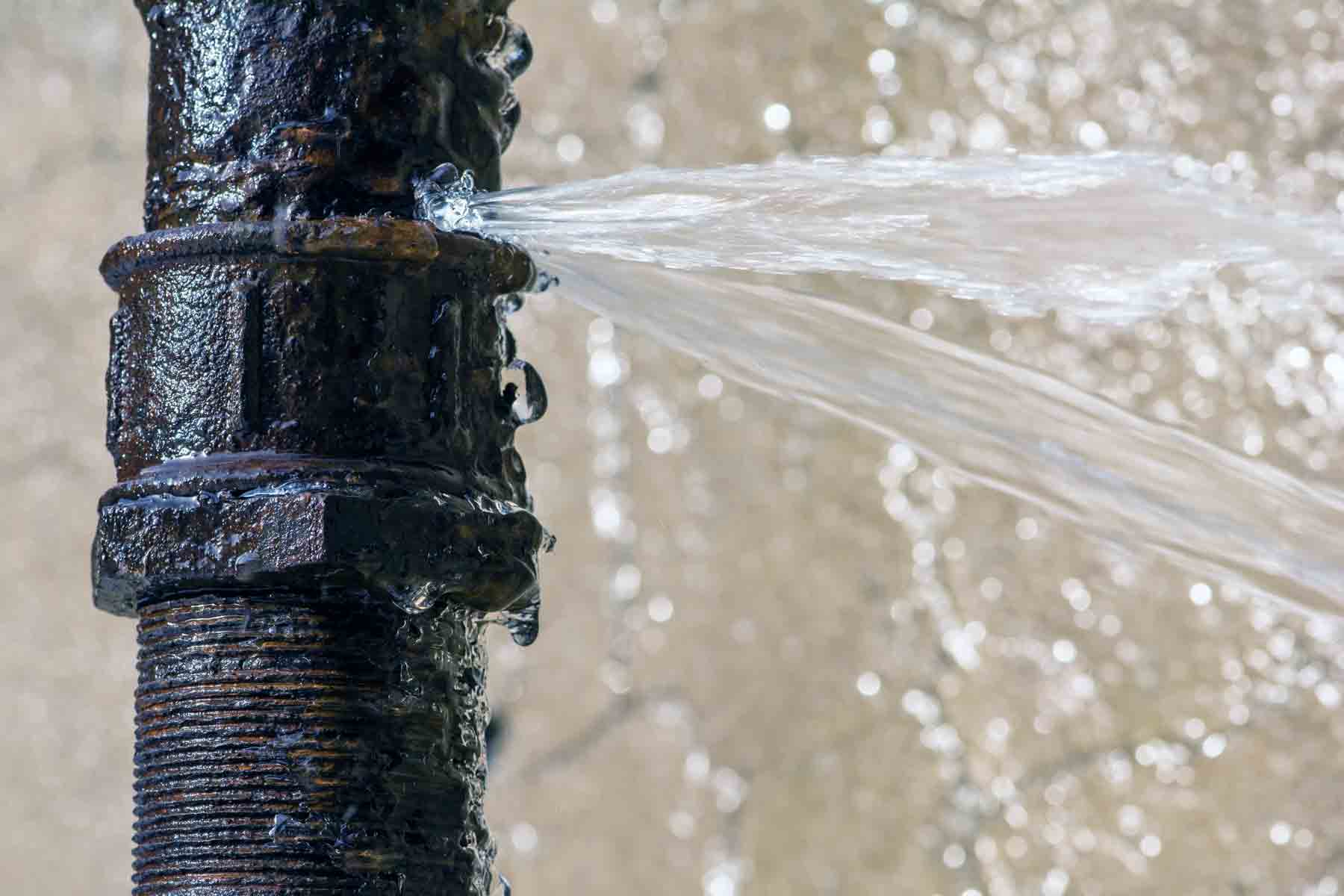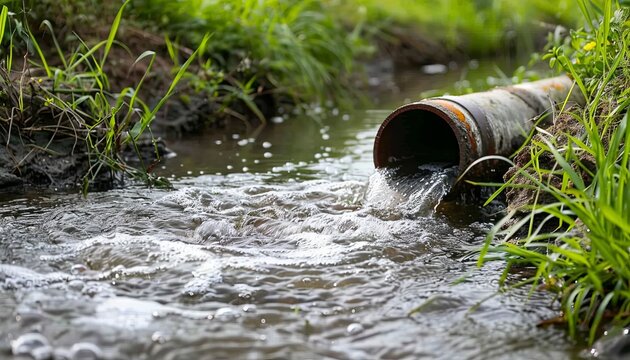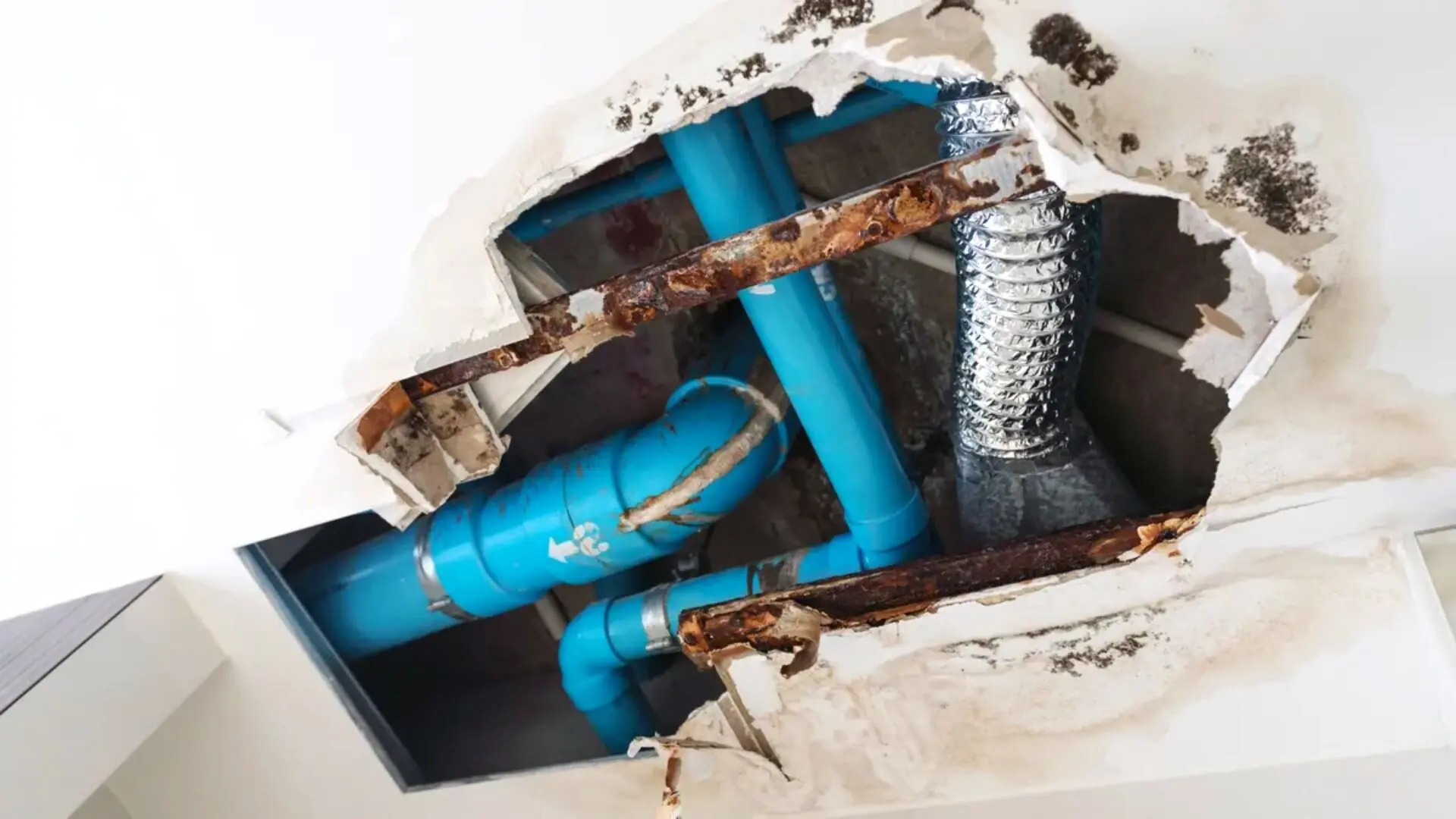Signs of a Burst Pipe: How to Identify and Address the Issue Before It Escalates
Signs of a Burst Pipe: How to Identify and Address the Issue Before It Escalates
Blog Article
Preventing Ruptured Pipes: Necessary Tips to Shield Your Pipes
Protecting against ruptured pipelines is an essential issue for house owners, particularly during colder months when the threat of cold is increased. Applying tactical procedures such as appropriate insulation, routine evaluations, and preserving consistent interior temperature levels can substantially lower the probability of pipeline failing. Furthermore, understanding emergency treatments furnishes property owners to respond promptly to prospective plumbing problems. Several are uninformed of the particular susceptabilities that their pipelines may encounter. Checking out these vulnerabilities can supply vital insights right into securing your pipes system successfully.
Understand Pipeline Vulnerabilities
Understanding pipe vulnerabilities is crucial for reliable pipes maintenance and stopping pricey damages. A number of elements add to the sensitivity of pipes to ruptureds, including product structure, age, and environmental conditions. Older pipes, specifically those made from galvanized steel or polybutylene, usually break down gradually, resulting in raised threat of leakages and ruptures.
Temperature variations can also substantially influence pipe stability. In cooler climates, water trapped in pipes can freeze, broadening and putting in stress on the pipeline walls, which might ultimately cause a ruptured. Additionally, high water stress can strain pipelines, particularly at bends and joints, increasing the probability of failing.

Insulate Piping Properly
Appropriate insulation of pipelines is crucial for avoiding freezing and subsequent ruptureds during cool weather (burst pipe). Insulating your plumbing system properly safeguards versus temperature level drops that can cause expensive damage. Begin by identifying susceptible areas where pipelines are exposed to exterior temperature levels, such as cellars, attic rooms, and exterior walls
Usage foam pipeline insulation sleeves or cover insulation tape around these locations to offer a protective barrier. Guarantee that all sections of the pipelines, specifically those with limited warmth direct exposure, get sufficient insulation. Pay special interest to fittings and joints, as these are extra at risk to freezing.
When insulating, it's vital to select materials that meet local building regulations and are ideal for the details atmosphere. For circumstances, fiberglass insulation is typically suggested for its thermal resistance homes - burst pipe. Additionally, consider making use of warm cords or tape in extreme problems, which can be plugged in to provide supplementary warm
Frequently inspect shielded pipes for any indicators of wear or damage, as endangered insulation can reduce its effectiveness. By taking these aggressive steps, you significantly lower the danger of pipeline bursts, ensuring a trusted plumbing system throughout the cold weather.
Maintain Regular Temperature
A steady indoor temperature is vital for protecting against burst pipelines during the cold months. When temperatures drop, water within pipes can freeze, developing and broadening stress that might ultimately trigger the pipes to burst.Using a programmable thermostat can aid handle indoor temperatures effectively, guaranteeing that rooms with plumbing continue to be warm also when the home is unoccupied.
This minor circulation of water can stop freezing by alleviating pressure within the pipelines. By executing these approaches, house owners can substantially minimize the danger of pipeline ruptureds and secure their plumbing systems versus the harsh winter months aspects.
On A Regular Basis Examine Pipes
Regular examinations of plumbing systems are critical for avoiding burst pipelines and maintaining general home integrity. Routine checks enable house owners to identify prospective concerns before they rise into expensive repairs or major water damage. Throughout these assessments, it is essential to take a look at visible pipes for signs of deterioration, leakages, or wear. Pay special focus to locations vulnerable to freezing, such as basements, attic rooms, and outside walls.
Additionally, examining joints and connections is vital, as these points are typically prone to leakages. Home owners should also evaluate water stress levels, as excessive pressure can strain the plumbing system and enhance the risk of pipe ruptureds.
Take into consideration organizing expert plumbing inspections at the very least as soon more info here as a year, especially prior to wintertime, to ensure your system is prepared for colder temperature levels. By being positive in your approach, you can guard your home against the expensive and disruptive effects of ruptured pipes.
Know Emergency Treatments
Comprehending emergency treatments is crucial for each homeowner, specifically after conducting normal plumbing evaluations. Being planned for a plumbing emergency situation can substantially minimize damage and conserve costs. Initially, situate your primary water shut-off shutoff; it is usually discovered near the water meter or where the main line enters your home. Acquaint yourself with its operation, as shutting off the water supply swiftly can prevent substantial flooding.
Next, maintain essential tools handy. A plumbing emergency situation kit need to include a wrench, content plunger, and towels, along with a flashlight and a bucket for tiny leaks. Furthermore, think about having the get in touch with details for a trusted plumbing professional easily offered, must the circumstance escalate past your control.
If you detect a leak or ruptured pipe, right away shut off the supply of water and alert your plumbing. Record the damages with pictures for insurance coverage objectives. Understand the signs of potential plumbing issues, such as unusual water pressure fluctuations or damp spots on wall surfaces
Inevitably, proactive knowledge and quick activity are vital in managing plumbing emergency situations, ensuring your home remains protected and reducing potential damage.

Verdict
Finally, stopping burst pipelines necessitates a complex method that consists of understanding pipeline vulnerabilities, appropriate insulation, maintaining constant indoor temperature levels, normal assessments, and knowledge of emergency situation procedures. By implementing these necessary techniques, the threat of plumbing failures can be substantially reduced, thus guaranteeing the longevity and effectiveness of the pipes system. Proactive procedures not just protect against potential damage however likewise add to total water conservation and the security of property.
In colder environments, water trapped in pipes can freeze, exerting and increasing pressure on the pipeline wall surfaces, which may ultimately lead to a burst. When temperature levels decrease, water within pipelines can ice up, expanding and creating stress that may ultimately trigger the pipelines to burst. By executing these strategies, homeowners can significantly minimize the danger of other pipeline ruptureds and protect their pipes systems versus the rough winter months components.

Report this page